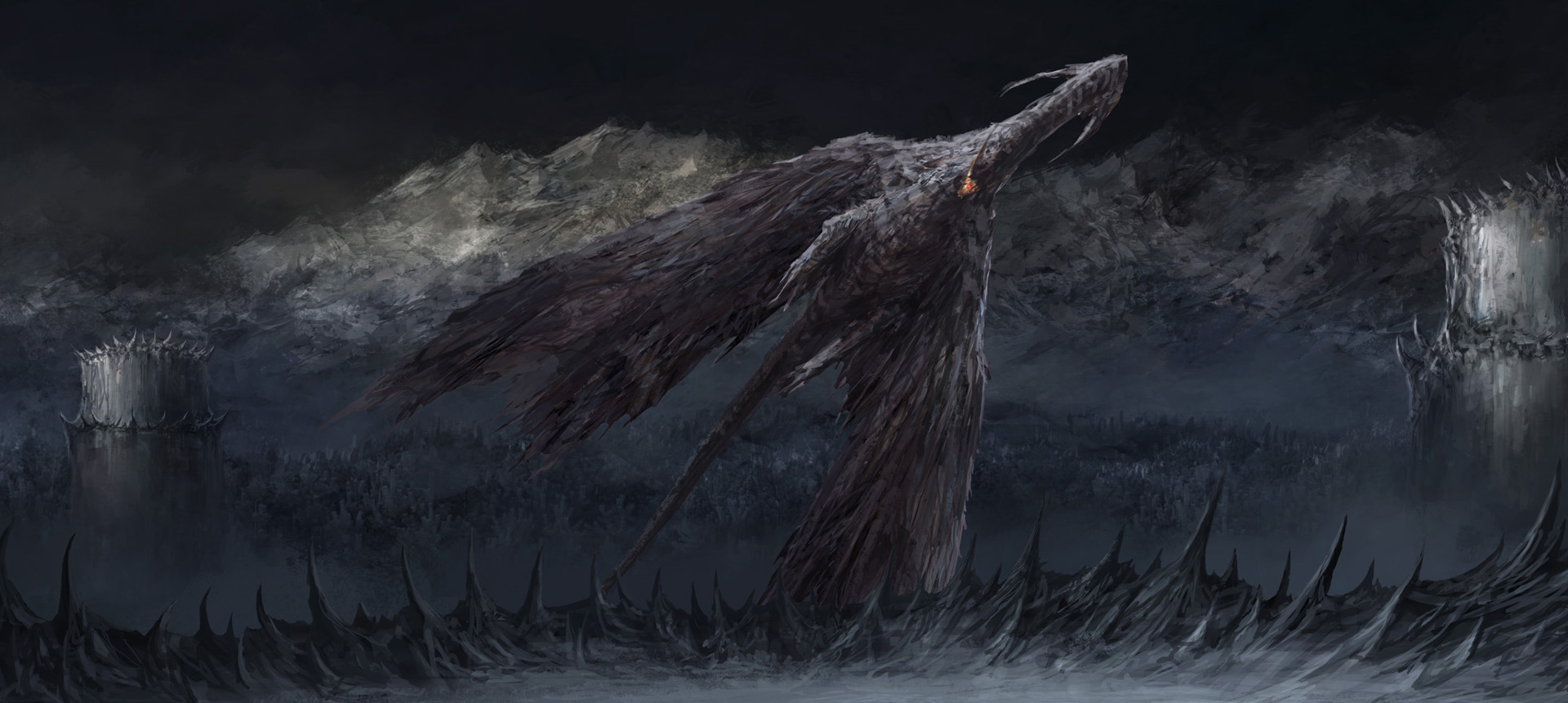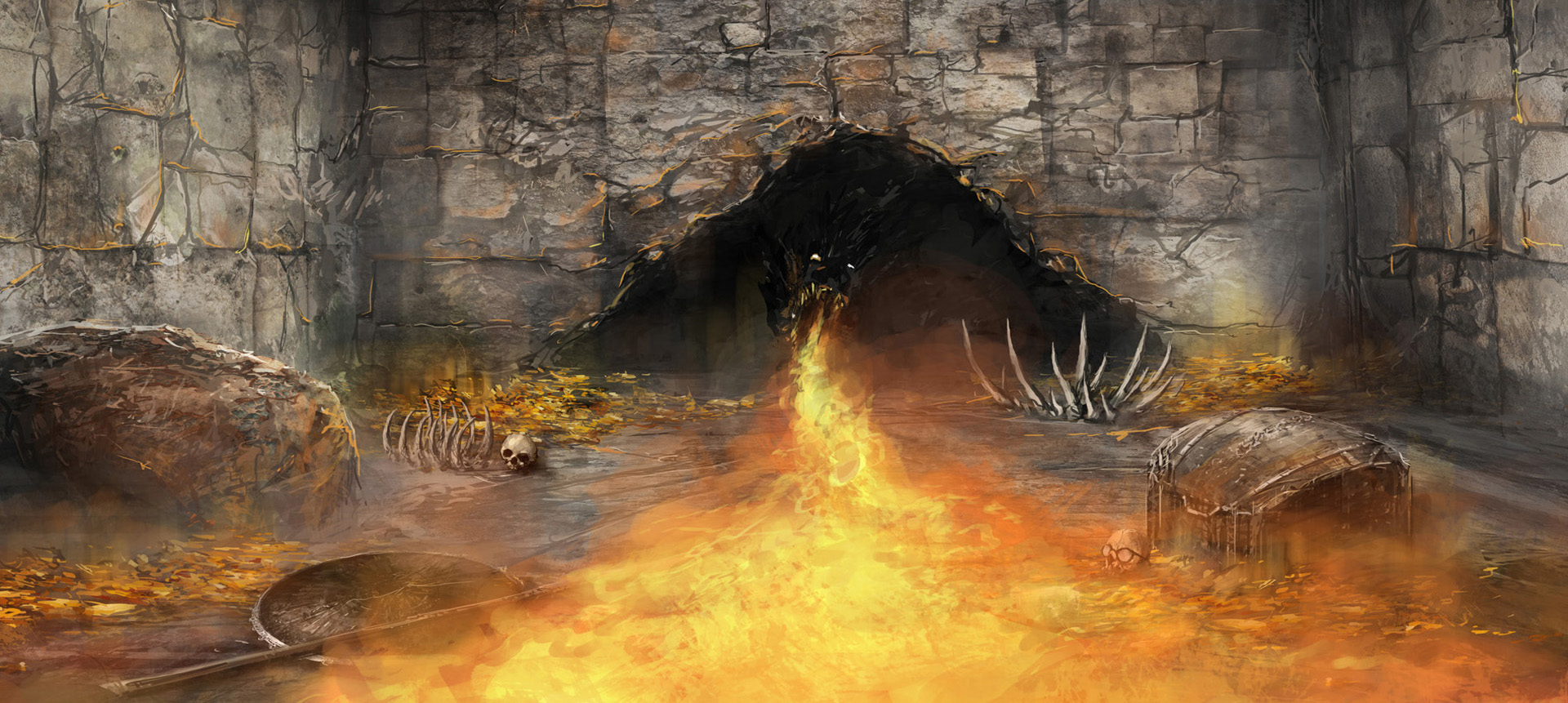I thought I would spend a few minutes talking about things that happened in development after the release of Shadowgate for PC in 2014. Some fun things, some mistakes, some whatever.
UI: Here was an example of where we made a late decision that we could not absorb into the Beta schedule. The goal of Shadowgate 2014 all along was to develop a look that bridged the gap between nostalgia and modern gaming. To achieve that, we kept the 2D rooms but used particle effects to give it a bit of dimension. We wanted folks who played the original game (on whatever platform) to feel comfortable with the game but updated a ton of puzzles, graphics, audio, etc. The decision to only have the original command system on the top was decided early on. At some point in beta, we decided to add the command wheel. Since both Zojoi and Reverb (our publisher) had set and communicated the date, we decided to ship with the original UI and do a quick followup with the command wheel. We got slapped by a few press sites for the UI but I think because we followed up on a more modern system, we ended up being okay. Lessons learned? Get the game before more folks before we get to beta.
Dread Pumpkin Quest: So, as I mentioned in my post on Steam, as soon as our team finished the PC game (and the UI update), we were off to finish the iOS and Android versions of the game. Since a few of the guys on the team were not needed for the ports, we decided to do a small, quest that was tied to Halloween, completely outside the main plot and a homage to the Great Pumpkin. Even though a few of the puzzles are lighter in tone than the rest of the game, it was very fun to do and much needed after a brutal beta/release march. Note that the sack of rocks at the end and putting together Lucy’s mask were my favorite things.
Mobile: Yes, when you develop in Unity you can port that code to other platforms like iOS and Android. No, it wasn’t as straightforward as you might think. Or perhaps we were a bit naive. Ah, maybe just inexperienced at the time. We had brought a few titles to mobile devices but not from Unity and we ran into some snags when dealing with the constraints of the devices. iOS wasn’t as bad as Android as there were only a limited number of tablets (or phones) that the game would run on and they all had the same operating system. We weren’t quite so lucky with Android-based tablets. I think I own like 15 of them still. Different versions of the operating systems still haunt my dreams. But we completed them, fulfilling the promise of a second device for our Kickstarter folks. Would we make games for the mobile devices again? I’ll get into that when I discuss Argonus in another post.
Consoles: While we were working on the tablets, I started talking with the good folks at Abstraction games about porting the game to consoles. They were pretty excited about doing the work. The problem was that the game was still in Unity 4x and we needed to get it to Unity 5 if we were going to have the ports done. They did an outstanding job of getting it to 5 and then had the arduous task of porting to all three consoles and testing the game in all four modes. It was just a lot of work. Plus, during the middle of the work, we asked them to do the ports of the original 8bit games (something I had been working with KEMCO on securing the rights to). That is why it took a bit longer to get Shadowgate out onto consoles a little longer than we both wanted. I will say, playing the game on the Switch was especially satisfying and it might have brought a tear to my eye if I hadn’t just lived Shadowgate for 7 years lol.
More stuff next week, folks. I need to get back to testing some animation changes in Argonus. 🙂
Dave



